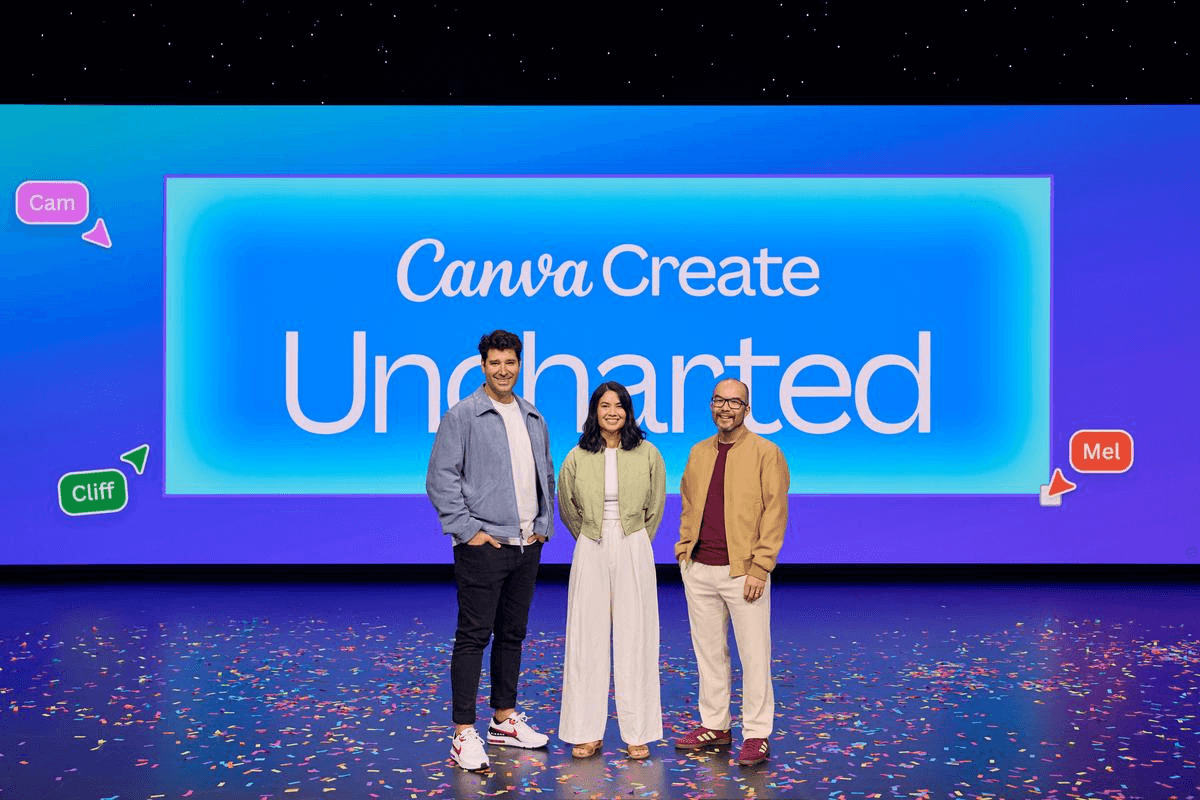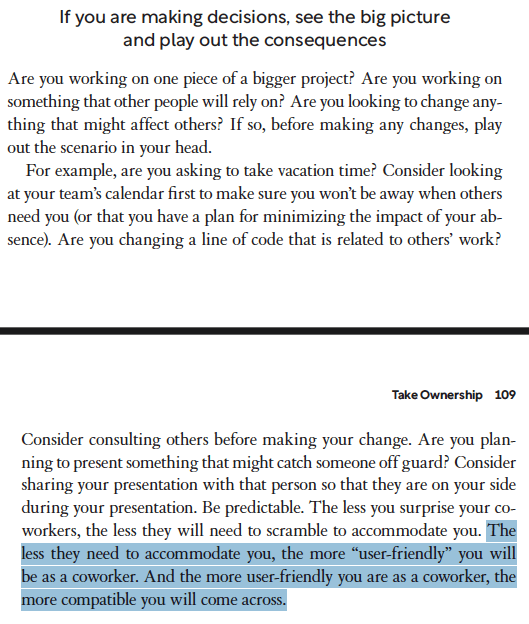
One of my favorite tools over the past few years?
Canva.
If you follow me on LinkedIn or you’ve been subscribed to my newsletter for a while, you’ve probably seen at least one photo or graphic that I tweaked or put together in Canva.
So, I’m honestly shocked that it took me so long to write about Canva’s beginnings.
Here we go!
—Gorick
(PS: This isn’t a Canva endorsement, but if anybody from Canva is reading…)
THE STORY
A tutor looking to make life easier for her students
It was 2006. 19-year-old Melanie Perkins, a full-time university student and part-time graphic design tutor in Perth, Australia, noticed that her students were struggling to use graphic design software.
“People would have to spend an entire semester learning where the buttons were, and that seemed completely ridiculous,” Perkins observed.
Perkins had an “aha” moment: Why can’t this be easier?
So, with her partner Cliff Obrecht, she launched Fusion Books, a website that lets schools create their own yearbooks “really, really simply.”

But Perkins had a “crazy, big dream”—to create an “all-in-one design platform… on one website” that anybody could easily teach themselves to use.
- 4 years later (by 2010), Perkins was pitching her idea to investors in Silicon Valley.
- Over the next 2 years (from 2010 to 2012), Perkins and Obrecht faced over 100 funding rejections.
- In 2012, the platform finally received backing.
- 1 year later (in 2013), “Canva” was pushed live to the world.

Today, 19 years after Perkins started looking for a way to simplify digital design, Canva has over 220 million users and is used by 95% of Fortune 500 companies.
THE UNSPOKEN RULE
Make life easier for others.
Canva became a massive tech company because it took something complicated–and made it user friendly. (It’s 1 of the 8 forms of innovation I discussed a few weeks ago.)
But being user friendly is just as valuable in your own career, no matter if you’re an employee who needs to “manage up” or a contractor or freelancer who needs to manage clients.
Here are 3 ways to be more user friendly:
1. Setting up a meeting… and want people to reply quickly?
- Don’t say, “What time works for you?”
- Instead, say, “Do any of these times work for you? (All times in [the other person’s time zone])...”
- That way, all others have to do is pick a time (rather than have to type out their own availability)
2. Not sure what to do next… and want to get an answer without a meeting?
- Don’t say, “What do I do next?”
- Instead, say, “We have X options: A, B, and C. I recommend A because of D. Thoughts?”
- That way, all others have to do is say “yes” or “no” (rather than sit on the question)
3. Trying to get introduced to someone… and want others to help you?
- Don’t say, “Is there anyone you could introduce me to?”
- Instead, say, “Might you be close enough to X to make an introduction? I noticed you’re connected on Y and I was hoping to ask them Z.”
- That way, all others have to say is “yes” or “no” (rather than have to think… only to move on to something easier)
(All of these scripts, by the way, go back to demonstrating your Three C’s—and particularly compatibility as noted in the blurb from my book below.)

What Canva taught me is that it’s not that people don’t want to do something (whether it’s to create beautiful designs or answer your email). It’s that it’s too time consuming.
Make life easy for others!
See you next Tuesday for our next story and unspoken rule,
Gorick
WHAT I’M READING
Here are 3 articles that I found interesting recently (no paywalls, although it may depend on your cookies):
- “Why High Performers Build Smaller Networks, Backed By Organizational Science” (Inc)
- “The Hidden Math of Ocean Waves” (Wired)
- “The surprising truth about why some people have better jobs than others” (Fast Company)
MORE OF MY WORK
Every newsletter is free and a fraction of my work. Here are 3 of my paid offerings that may interest you:
1. Keynote speaking: If your organization is looking for speakers for your internship program, new hire orientation, new student orientation, manager training, all-hands meetings, recruiting season, year-end performance evaluation season, or something else, let's chat!
2. How to Say It: Flashcards that teach you to know what to say in every high-stakes professional setting via hundreds of fill-in-the-blank scripts (just like the examples above). Free shipping on all orders over $40.
3. The Unspoken Rules: My Wall Street Journal Bestseller that Arianna Huffington calls “a blueprint for anyone starting their career, entering a new role, or wanting to get unstuck.” Used by top companies and MBA programs.
STORY SOURCES
- 19-year-old Melanie Perkins
- full-time university student
- a part-time graphic design tutor
- “People would have to spend an entire semester learning where the buttons were”
- she launched Fusion Books
- “really, really simply”
- “crazy, big dream”
- “all-in-one design platform… on one website”
- over 100 rejections
- “Canva” was pushed live to the world.
- 220 million users
- used by 95% of Fortune 500 companies
- Perkins and Obrecht in 2006
- Canva co-founders Cliff Obrecht, Melanie Perkins, and Cameron Adams in 2025 at Canva’s “Uncharted” keynote event


